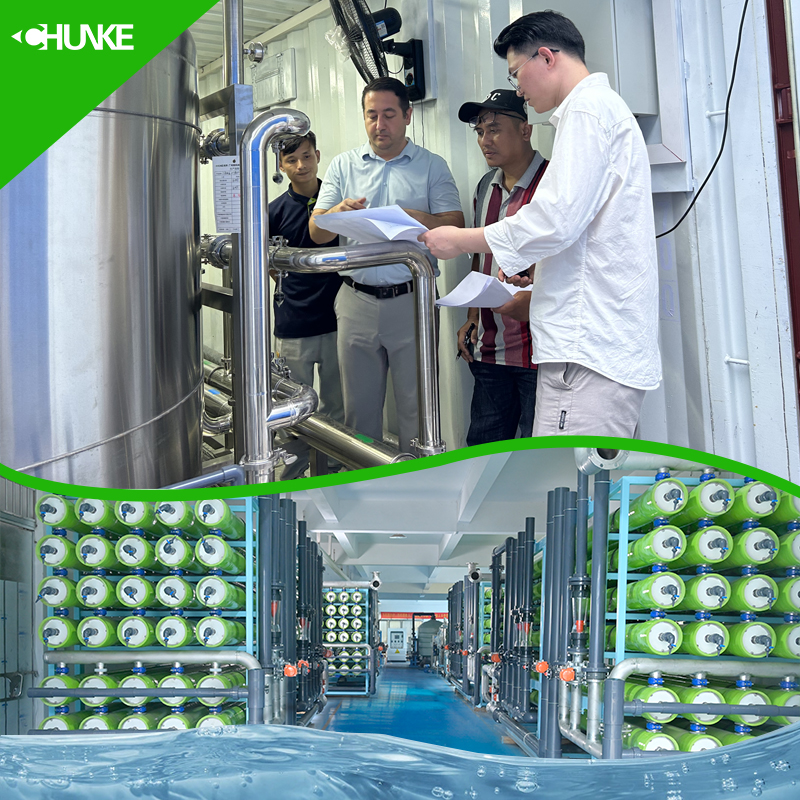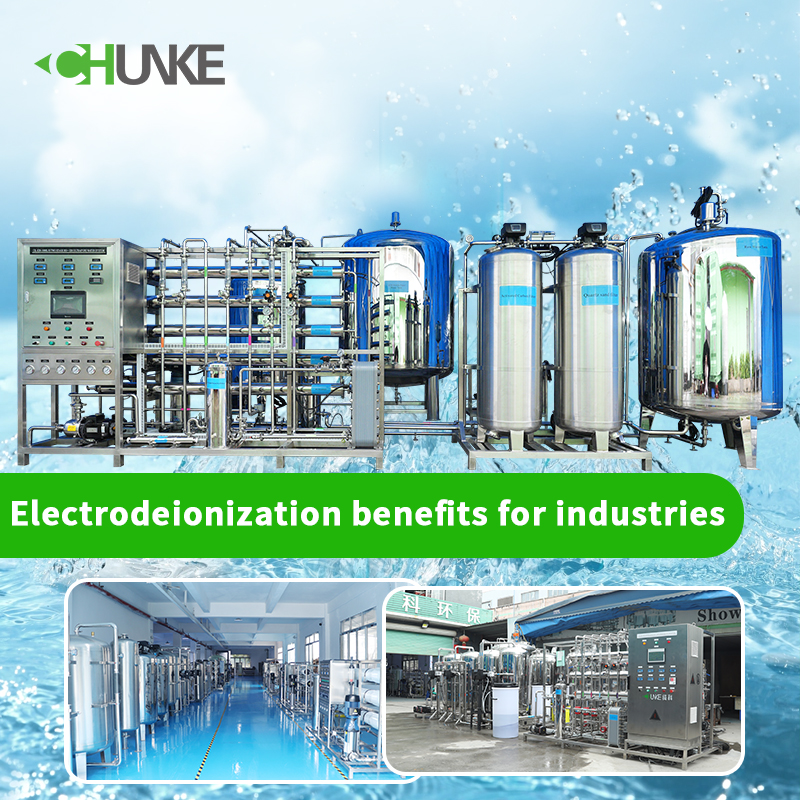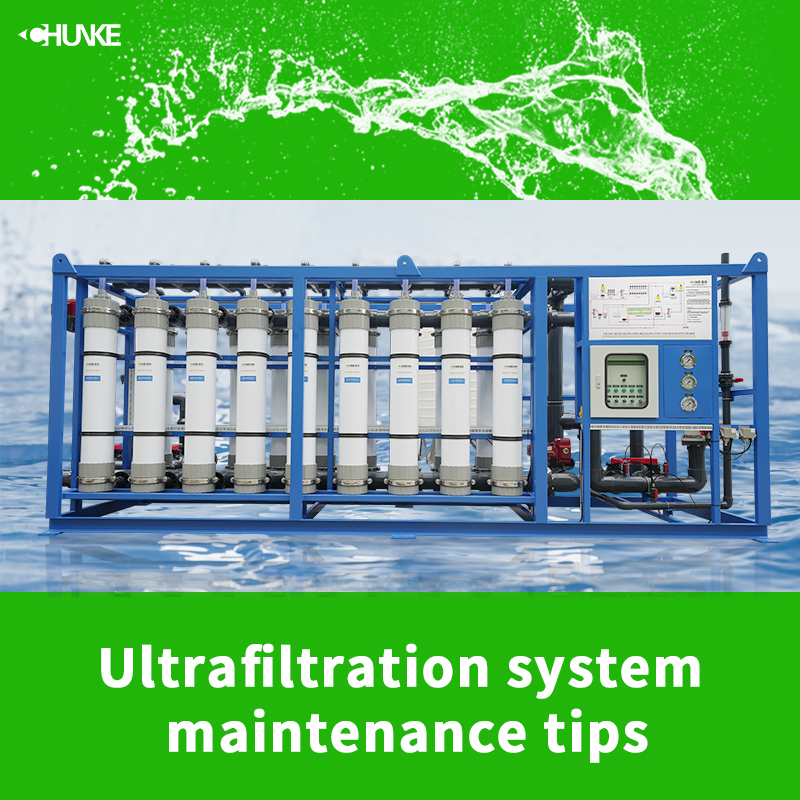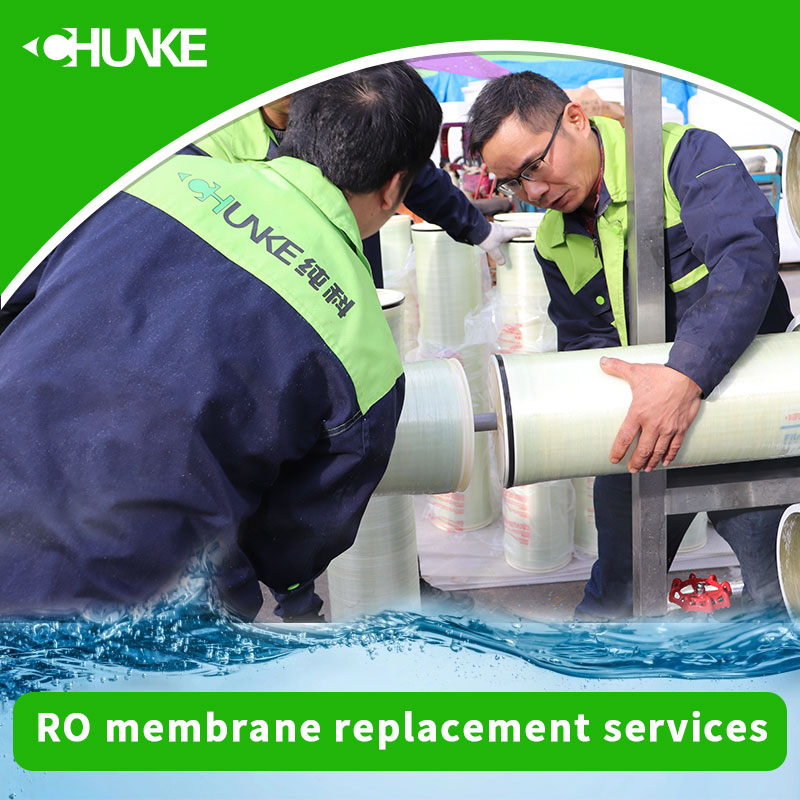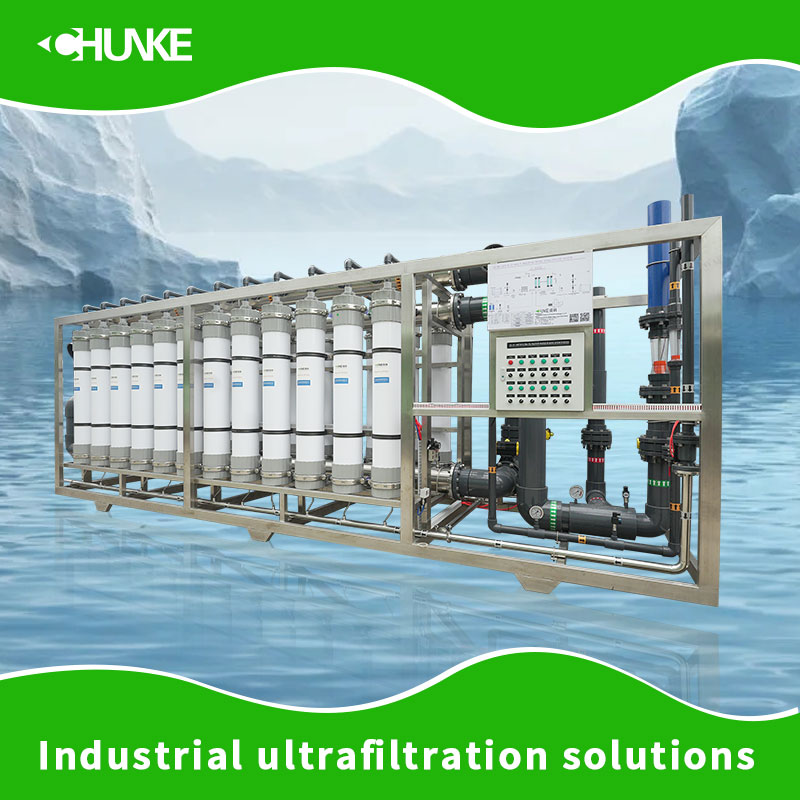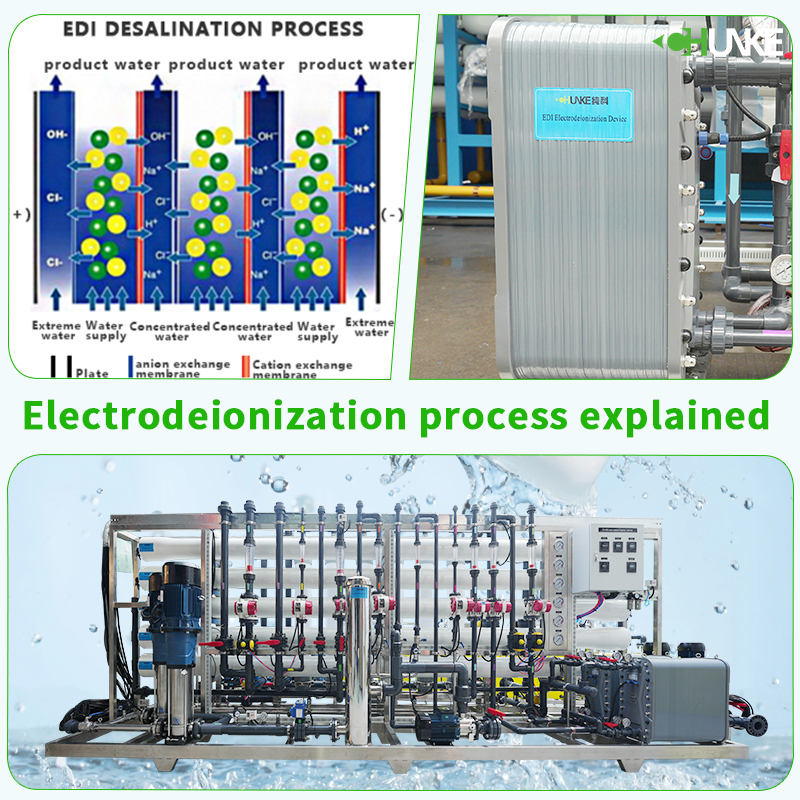-
06-10 2024
Top 10 Water Treatment Solutions Companies in 2024
Top 10 Water Treatment Solutions Companies in 2024: 1. Veolia Environment 2. Suez 3. Ecolab 4. Xylem Inc. 5. SUEZ Water Technologies & Solutions 6. Evoqua Water Technologies 7. Aquatech International 8. IDEXX Laboratories 9. Pentair 10. Thermo Fisher Scientific
-
06-10 2024
Should I install a commercial water filtration system?
If your home does not yet have a water filtration system, it means that your water is more likely to be contaminated by chemicals, pesticides, organic matter and other man-made and natural contaminants that may endanger water safety.
-
06-07 2024
What are the benefits of electrodeionization to industry?
Electrodeionization technology has many benefits in industry, including: 1. No accumulation of pollutants: 2. Chemical-free: 3. No ion result: 4. Recyclability:
-
06-07 2024
How to Maintain Ultrafiltration System?
Cleaning in place (CIP) is one of the important steps in ultrafiltration system maintenance. By using special cleaning agents and chemicals, dirt and sediment on the surface of the ultrafiltration membrane can be effectively removed and the filtration performance of the membrane can be maintained.
-
06-06 2024
How Often Should Reverse Osmosis Membranes be Replaced?
The replacement cycle of reverse osmosis membrane is usually every 1 to 2 years. This is because over time, various contaminants such as heavy metals, minerals, pesticides, and salts in the water accumulate on the surface of the reverse osmosis membrane.
-
06-06 2024
What are the methods for industrial water purification?
Nanofiltration and Reverse Osmosis: Nanofiltration is mainly used to remove microorganisms and hardness from water and can provide a relatively clean water source. The water after reverse osmosis treatment is clean and can be used for a wider range of industrial production and domestic water.
-
06-05 2024
What is a commercial water treatment system?
Commercial water treatment systems refer to equipment and processes used to treat water quality in commercial and industrial locations. Commercial water treatment systems typically consist of a variety of components, including filters, softeners, reverse osmosis systems.
-
06-05 2024
How Does Electrodeionization Work?
When water enters the EDI system and an electric current is applied, the cations and anions in the water are attracted to the corresponding electrodes and are removed. This process does not require chemical reagents and can effectively purify water sources and provide high-quality water.
-
06-04 2024
What is the micron rating of commercial ultrafiltration membranes?
The micron rating of commercial ultrafiltration membranes is approximately 0.01 micron. This fine pore size allows commercial ultrafiltration membranes to effectively filter tiny particles and organic substances in water, ensuring the purity and safety of the effluent.
-
06-04 2024
What is a water filtration system for industrial processes?
A water filtration system in industrial processes is a device or device used to remove suspended solids and other impurities from liquids. They can use different filter media and working principles, such as physical filtration, chemical filtration and biological filtration, etc..





